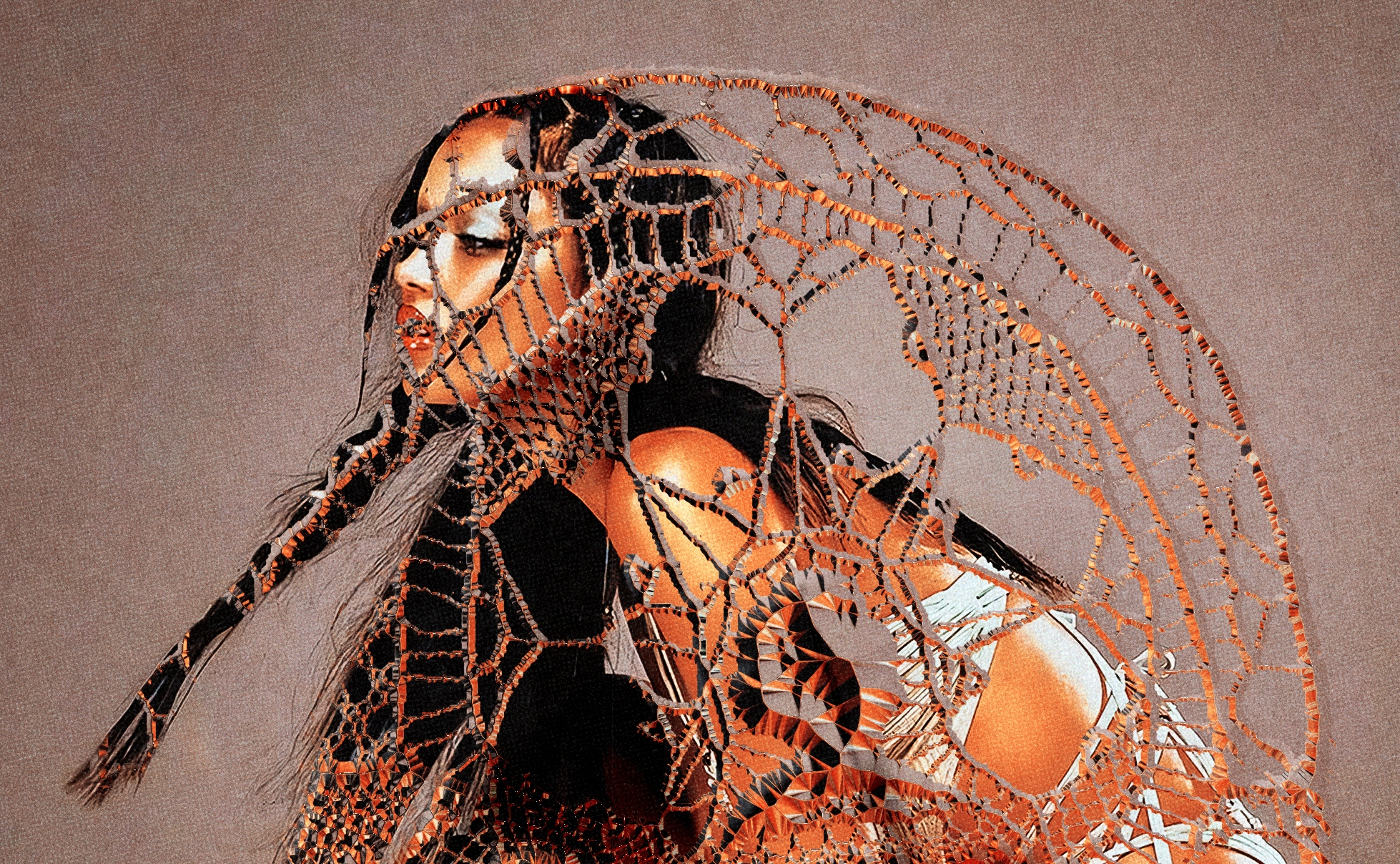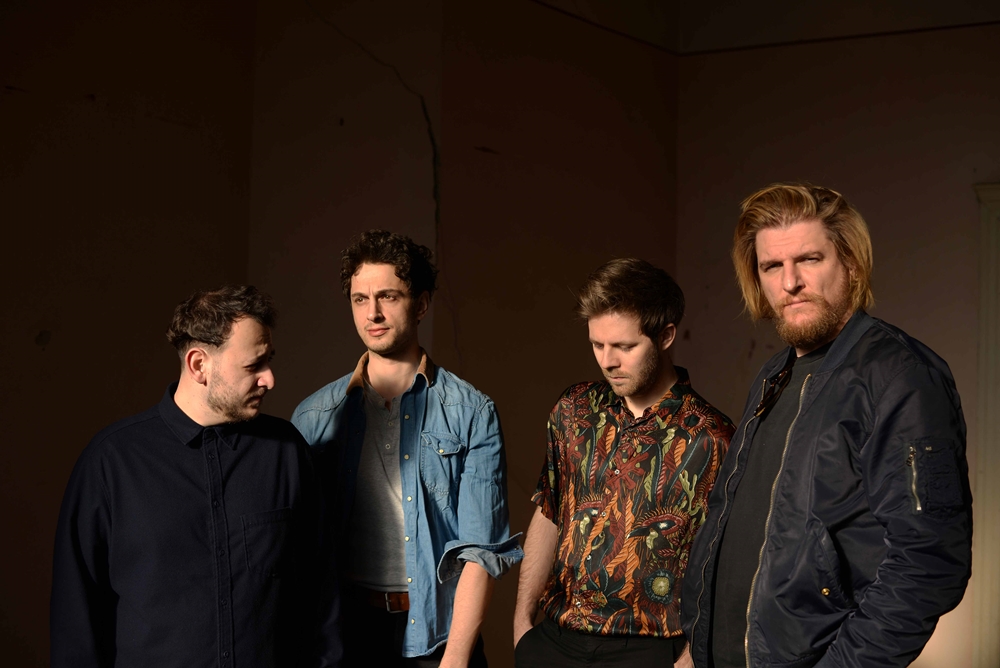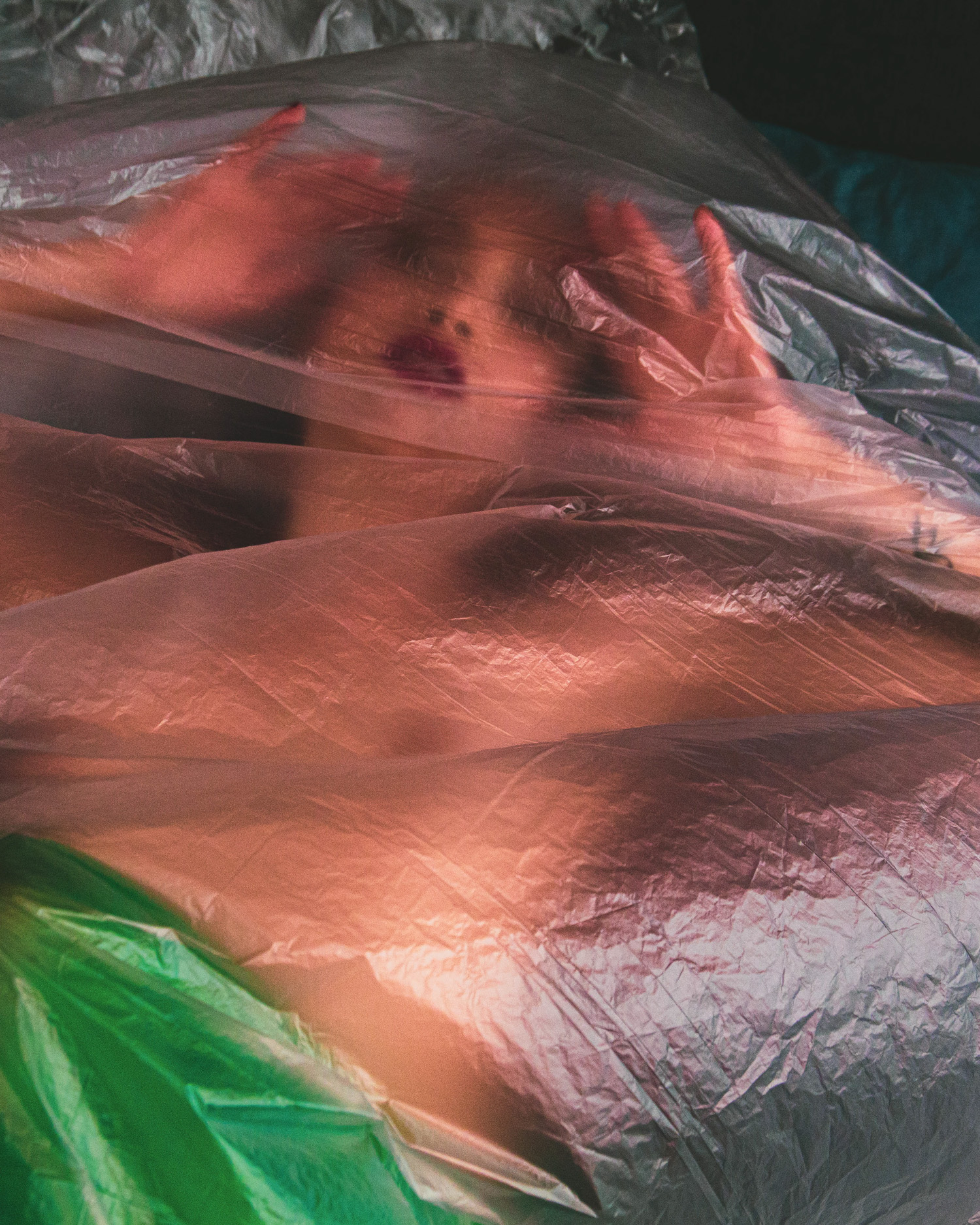With graphic design spanning so many different art forms, finding inspiration can therefore come from many places. For the Romanian designer cultatum, it comes from pop culture. His avant-garde work moves swiftly between experimental, media theory, and visual storytelling. This makes sense when seeing how full of production and drama his designs are. He often uses bright colors, bold elements and figures, and exaggerated shapes to convey a sense of energy and movement. He combines traditional and digital techniques to create unique pieces that evoke emotion and inspire viewers.
cultatum‘s work is mainly focused on putting consciousness and visual experiments together. Rather than simply viewing, the Cluj-based artist is a graphic designer who wants you to interact, break down, and analyze his work.
It’s safe to say that the designer is pretty passionate about posters, having collaborated and worked on many local festivals. He has produced countless pieces, creating visuals that capture the mood and theme of every event. Working at the intersection of graphic design and art, cultatum discusses inspiration, the hottest design trend at the moment, and his interest in everything surrounding us that makes up our world.
Hi! First things first, I gotta say I love your cultatum name! Please tell us, what originally made you want to become a graphic designer?
Hellow! First of all, thank you for granting this interview. Hehe, thank you. There’s a whole story behind it, but maybe I’ll tell it another time.
I’ll start at the beginning. Since I was 13 years old I started producing electronic music and mixing it in different clubs and festivals. I had a classmate from middle school who helped me with 3 artworks for the tracks I produced. Not being able to pay him back financially, I decided to learn graphic design on my own. Parallel to music I started to get requests on the design side for different clients. At the age of 17, a medical problem with an ear intervened and I had to give up music in order not to aggravate the situation. So I went straight to plan B, which was design. As I like to tell the story in a nutshell: this necessity has become a hobby, a job, and in the end, a part of me.
Given the state of mainstream culture that permeates how we consume media, how would you introduce your art to a stranger?
With words, I can’t do it, only by showing it. However, if I try to do it through words it would be that my art is an experience that invites personal connection and seeing a different world than the real one.
How important is creating your own style? How do you balance this against individual client or project needs?
For some time I thought it was a very important pillar in the creative progress of having your own style. But as time went by and I experimented, I realized that I didn’t need to chase after this aspect. I don’t consider myself to have one, but rather to constantly evolve, reinvent, and adapt. Perhaps I do have a few characteristic elements, these being the strange and abstract shapes I create.
Most of the time, clients who seek me out resonate with my style. I prefer working with people who align with my aesthetic. However, I do adjust when working on commercial projects to meet the client’s needs.




When people make their way through your art, what do you want them to feel?
I want to invite them to explore. Through my work, I share snippets of my daily life, dreams, and thoughts. I aim to provoke questions such as: What? How? Why? I want to stimulate the imagination and visually evoke emotions. However, I also like to leave room for interpretation, to remain a mystery for the viewer to discover.
What are you currently fascinated by and how is it feeding into your work?
By what surrounds us. Often, I draw inspiration from observing the world around me, and photographing various objects that spark a vision. My advice to those in the creative world is always to capture what inspires them, whether through text, photographs, or other means. This allows you to draw on everyday experiences and create a deeper connection to your work.
There are many descriptions of the ideal state of mind for being creative. What is it like for you? What supports this ideal state of mind and what are the distractions? Are there strategies to enter this state more easily?
Be free, be open. Okay, that may sound too general, but if you’re with this thought in mind, it can open doors to new opportunities. It’s important to be receptive to any moment of inspiration, as you never know when you’ll find that flare. Unfortunately, the main distraction for me is social media. It’s a love-hate relationship. While I often get referrals or connect with people, I also sometimes get lost in the feed. Yes, I find that getting out in nature completely disconnects you from this world and allows you to catch your breath. It clears your mind and makes it easier to put ideas together.
Thinking about your evolution, what are some developments in you – whether it’s in your art, your energy, or the way you work – that you’ve seen real change since your first piece of work?
You have to be vulnerable to make art, open up to people, and be transparent. Since the first artwork I created, I’ve taken this approach, even though it’s difficult. I have many works in which only I know what lies behind them and what stories they hide. But some people may find themselves with a piece of it and connect. I have continued to apply this principle to this day. What has changed over the years is my growth, both as a person and artistically. I have always been open to new experiences and experimentation. These experiments have led to the discovery of effects or results that happened “by accident,” but have made significant contributions to my development.
Where do you find inspiration in a place where design talk isn’t an everyday thing? Is it good or bad that you don’t have daily chats with your peers?
As mentioned earlier, inspiration is not limited to design. It can even arise from a random conversation. It’s extremely beneficial not to limit yourself to the usual sources and to look beyond these barriers. This involves looking for inspiration in unexpected places; for example, music. Although it’s an auditory stimulus and not visual, it can evoke deep feelings and thoughts.





Can you talk a little bit about the connection between traditional and digital art in your work? How do the two work together? What does creating in a more traditional sense add?
I’ve always felt a desire to experiment and explore the artistic field outside of the digital world. It’s a different feeling when you’re creating something and you can’t undo it, because every mistake is definitive, giving it a special charm. This limitation stimulates my creativity and encourages me to be more careful and calculated in the creative process. As for the connection between traditional and digital art in my work, I see the two as complementing and influencing each other. Sometimes I start with digital collages to see the result more quickly, then refine it by hand. Other times, I begin by hand to let the idea flow more naturally, then digitize it to finish. Often, the two mediums work together to create a more satisfying end result.
What would you say is the hottest design trend right now?
Experimental typography. It involves creative manipulation and exploration of fonts to achieve unusual and highly creative results. Many designers start with an existing font and manipulate it to create something completely new, while others choose to create it from scratch. In some cases, the end result may be a word or text that is difficult to read at first glance, but this distinctive look adds uniqueness and originality to the final work.
What other creative outputs do you engage in that we may not suspect?
DJing, film photography, and if it counts, Lego.
Is there an ultimate goal for you as an artist?
There would be one. After I’m gone, leave behind me an art that will endure.

Follow cultatum on:
Facebook | Instagram | Website
Nicoleta Raicu
Latest posts by Nicoleta Raicu (see all)
- POST DEATH SOUNDTRACK’s Album Is a Tasty Treat For Your Ears - April 27, 2024
- Is ‘God Damn’ LOVE GHOST’s Best Single Yet? - April 27, 2024
- Dissecting IRONIC SWEDEN’s EDM/Future Pop Track, ‘Media Whore’ - April 26, 2024



